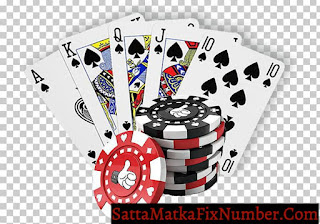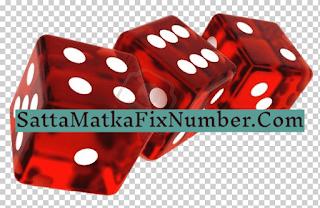History of Matka Game
History Of Satta Matka Game
The original form of the game matka boss would take place on the opening and closing rates of cotton that was transmitted to the Bombay Cotton Exchange from the New York Cotton Exchange through teleprinters. The sudden stop of practice in 1961 by the New York Exchange caused the traders to look for alternative ways to keep the matka business alive. Sindhi migrant from Karachi, Pakistan, named Ratan Khatri introduced the idea of declaring opening and closing rates of imaginary products and playing cards. Numbers would be written on pieces of paper and put into a matka, a large earthen pot, and a person draws a chit to declare the winning numbers. Over the years, the practice was changed, and the form of betting was changed. Here three numbers were drawn from a pack of playing cards, but the name "matka" was kept alive.
Today is known as King of Matka Kalyanji Bhagat started the Worli matka in 1962, and it was modified with some new rules that were oddly favorable to the public by Ratan Khatri and named the New Worli matka in 1964. SattaMatka ran by Kalyanji Bhagat was for the whole week, whereas Ratan Khatri's matka ran only five days a week, from Monday to Friday. After gaining immense popularity and gaining fame with his name, it began to be called Main Ratan matka.
During the period of textile in India with booming textile mills in Mumbai, many mill workers played matka, resulting in bookies opening their shops in and around the mill areas, specifically located in Parel in Central Mumbai and Kalbadevi in South Mumbai. The 1980s and 1990s were the golden year when we saw the matka business rising to its peak. Betting volumes over Rs. 500 crore would be laid every month. On one side, people were getting instant rich, giving rise to many illegal things in the city, and on the other side, people were losing their hard-earned money in gambling that would end in taking their life or falling into huge debt traps under the money lenders. It was only after the Mumbai Police's massive actions taken on the Satta Matka dens forced all the dealers to shift their hideouts to the city's outskirts.
Many of them moved to Gujarat, Rajasthan, and other states that expanded this business in India. At the same time, people in Mumbai with no major source of betting moved to form another form of illegal gambling like Cricket betting, online betting, etc. In 1995 there were many big and medium-time bookies in the city and neighboring towns, but since then, the numbers have declined substantially to less than 500, and still, in the 2000s, the average monthly turnover has remained around Rs. 100 crore till date.
If This article is helpful for you and you want to get fix matka number just keep move to our Satta Matka Fix Number Website and please Kindally bookmark us.
ThankYou !




Comments